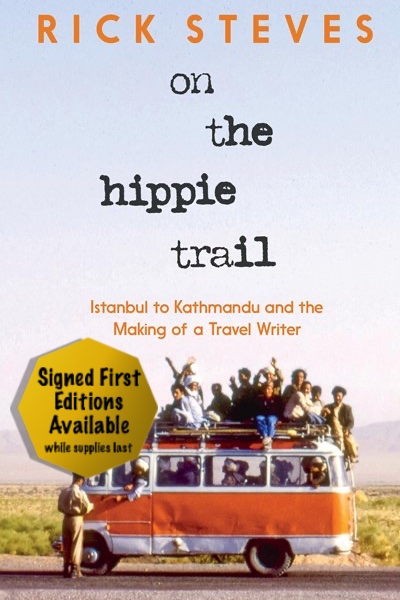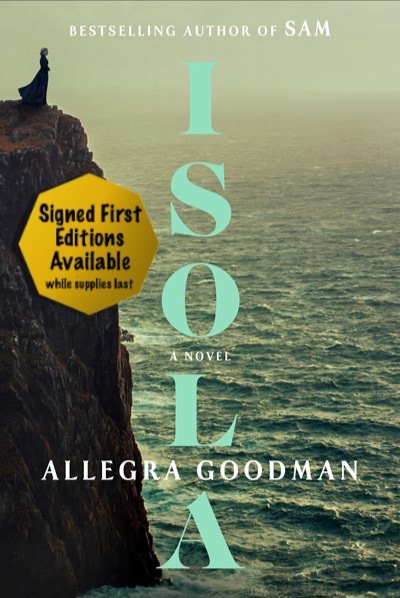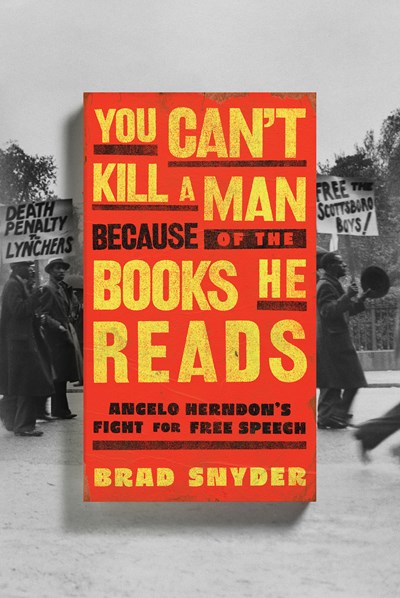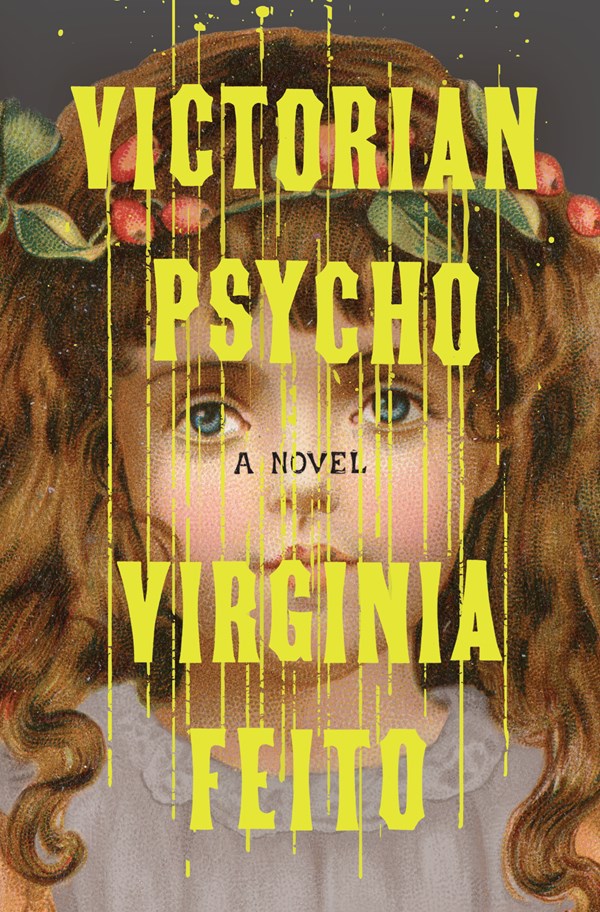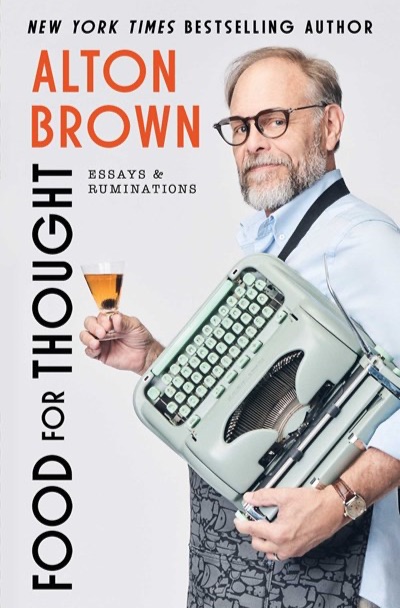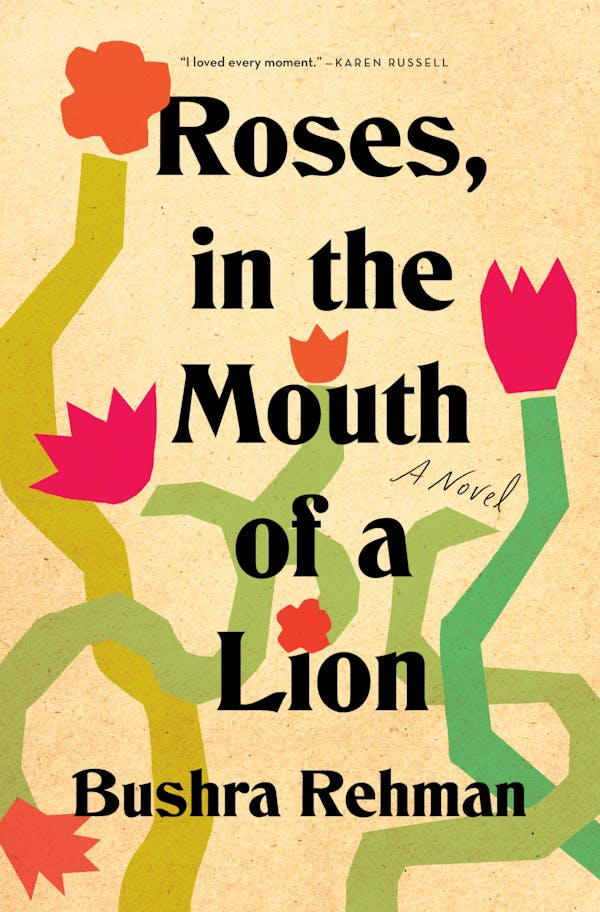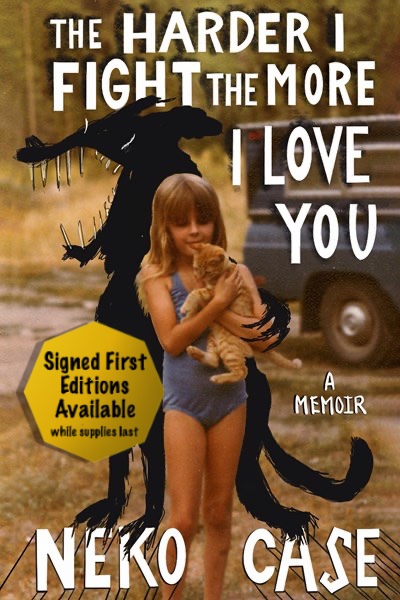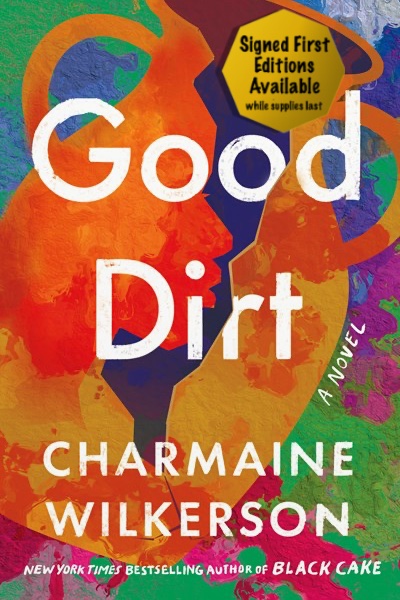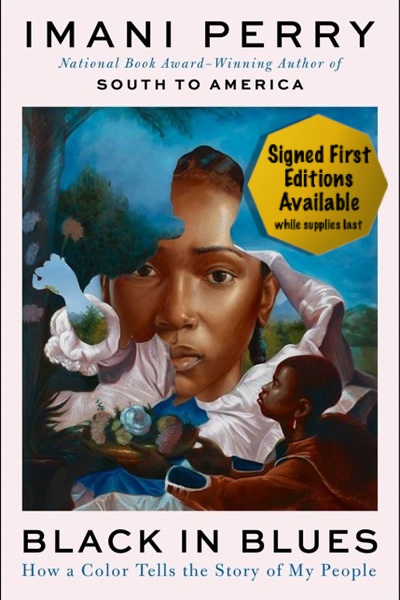“Mewshaw’s sentences sing. His ability to evoke a setting that many will find exotic rivals Graham Greene’s, as does the depth of his characterization and his ability to make the reader keep wondering what in the world might happen next. The narrative keeps delivering surprises all the way to the final line. I love this novel.” — Steve Yarbrough, author Stay Gone Days
Michael Mewshaw will discuss his book and sign copies at Books & Books @ The Studios of Key West on February 28 at 6:30pm. The event is free and open to the public.
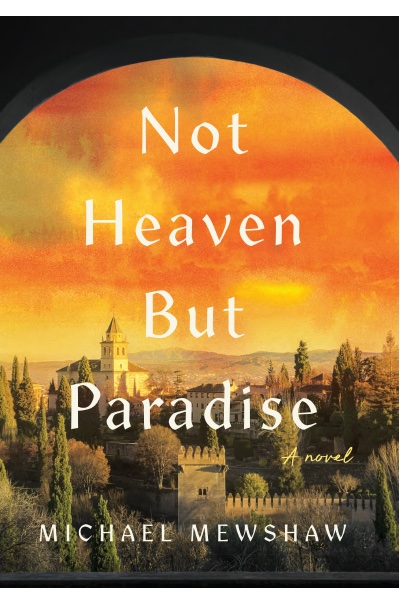
The son of a Spanish mother and an American father who claimed to have worked for the CIA, Paul Stewart lives in his family home, a carmen in the Albaic n district of Granada. The house, which surrounds a lush courtyard, has foundations that date from Spain’s Islamic era and has been in the family for generations.
Struggling to make ends meet, Paul has turned the carmen into an artist’s residency that caters primarily to American artists. The only current guests are Simone, a celebrity painter with a sexualized reputation, and an asylum-seeking Algerian professor who is the subject of a fatwa. Paul has been forced to take him in. An African refugee named Blessed, who’s been displaced by the arrival of the professor, suffers a crisis of both body and faith as a result.
The relationship between Simone and Paul begins to complicate matters, and suspicions about everybody abound. Murky pasts and private agendas collide with avowed intentions–including those of the U.S. government–as events gather momentum toward an explosive, revelatory finish. In the hands of Michael Mewshaw, a master storyteller, this story fairly shines in our fraught age of political secrets and international terrorism.




